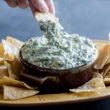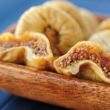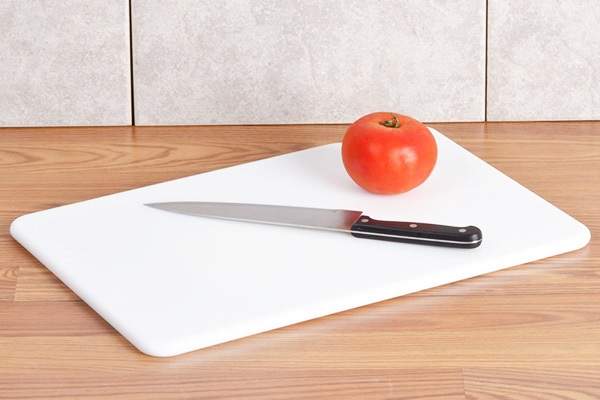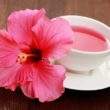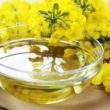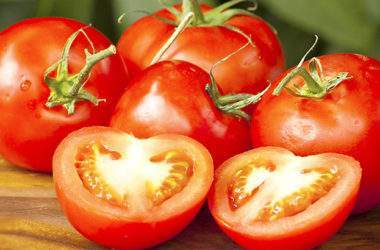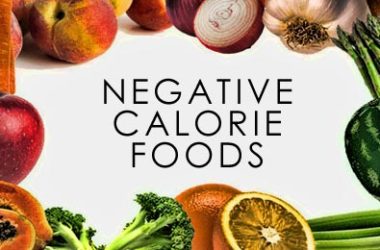It’s undeniable that cutting boards are indispensable kitchen companions. However, did you know that if used improperly, these food preparation staples can actually be the root cause of food-borne diseases? So before you begin to chop and dice, continue reading. Below you will find some very important matters concerning chopping boards.
Plastic vs. Wood
These days, chopping boards are available in a couple of materials: plastic and wood. Each comes with its own set of pros and cons, and which one is the better usually depends on the preference of a consumer.
For instance, plastic chopping boards are easier to clean — all you have to do is stash it in your dishwasher. Since plastic is a non-porous material, which means that it does not absorb water, a chopping board out of it is easy to dry — just a few wipes with a kitchen paper or dish towel gets the item ready for storage or usage.
However, you will notice that a chopping board out of plastic can end up with a lot of groves on its surface after a while. Although this is a clear sign that plastic is indeed kind to your knives, this is a huge disadvantage health-wise for reasons that will be discussed in just a few.
On the other hand, wooden chopping boards are not suited for cleaning in the dishwasher. They have to be washed by hand. Also, since wood is a porous material, drying takes a while. In addition, the price tags of wooden chopping boards, especially those out of hardwoods, can be steeper than plastic ones.
All About Those Microbes
The importance of choosing the right chopping board is primarily due to the fact that such kitchen necessity can harbor microbes that can wreak havoc to the health. Both plastic and wooden chopping boards can collect disease-causing bacteria on their surfaces, but there are a few noteworthy differences.
Plastic chopping boards came into being because at first it was thought that non-porous plastic is more resistant to bacterial growth than wood. Although this is true, the fact that grooves can eventually form on plastic chopping boards cannot be overlooked. Definitely, those grooves can serve as breeding grounds for microbes, most especially if the proper sanitizing of plastic chopping boards is not carried out.
Wooden chopping boards, on the other hand, are more resistant against grooves — it is very much less likely for bacteria to thrive on their surfaces. Even though wood is porous and may collect microbes beneath the surface, studies have shown that those microorganisms simply die as soon as wood dries completely.
Proper Cleaning
In order to keep food poisoning and food-borne disease out of your home, it’s very important to have your chopping board — be it plastic or wood — properly cleaned.
Experts say that tossing a plastic chopping board in the dishwasher is usually enough. From time to time, most especially if there are groves already present on the surface, have it sanitized with a mixture of bleach and water. It is also said that scrubbing the surface with a mixture of baking soda, salt and water will also do the trick.
On the other hand, a wooden chopping board should be hand washed all the time. The best way to do so is with the use of hot, soapy water. Afterwards, the item should be placed in a well-ventilated spot for it to dry.
Having Different Chopping Boards
It is a wonderful idea for you to own different chopping boards, each one designated for cutting a particular food item. Otherwise, you and your family may be at high risk of ending up with food poisoning or a food-borne disease.
For instance, cutting beef on a chopping board will leave microbes on the surface. If the chopping board is not properly sanitized and you use it for slicing fruits or vegetables, that’s cross contamination! Try to assign a particular chopping board for cutting meat, poultry and fish, and another one for fresh produce only.





